Whether tasked with the movement of bulk waste, packaged goods, recyclables, or even hazardous materials, belt conveyors are the ideal solution for ensuring the seamless and efficient flow of materials in the waste management process.
By Alexander Bronson-Howard
Belt conveyors and screw conveyors are both crucial components in the waste and recycling industry, playing pivotal roles in the material handling process. When confronted with the decision between these two conveyance systems, belt conveyors often emerge as the superior choice for an array of compelling reasons, especially when customized to meet the unique demands of the waste and recycling sector.
Enhanced Efficiency
Efficiency reigns supreme in the realm of waste and recycling. Belt conveyors offer a significant advantage due to their superior efficiency in moving bulk materials. The flat, continuous surface of the belt provides an extensive contact area for materials, ensuring smoother and more efficient transport. In contrast, screw conveyors, with their limited surface area for material entry, can lead to blockages and reduced conveyor efficiency—a critical drawback when handling a diverse range of waste materials, from scrap metals to organic matter.
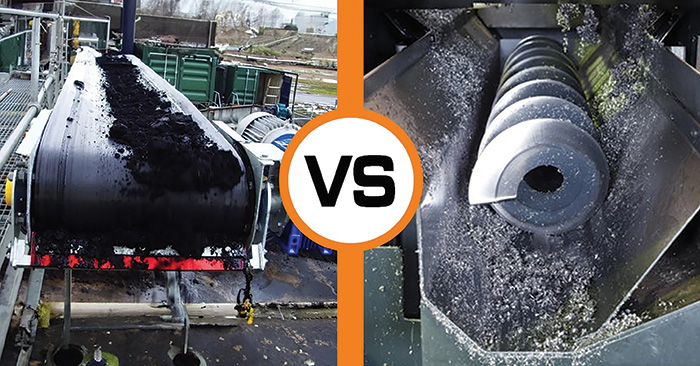
Unmatched Versatility
Waste and recycling facilities deal with an eclectic mix of materials, ranging from bulky waste to packaged goods and irregularly shaped items. In this context, belt conveyors prove their mettle as they are exceptionally versatile, capable of accommodating the transportation needs of a wide variety of materials. From corrugated cardboard bundles to irregularly shaped plastics, belt conveyors offer the flexibility needed to streamline material movement. Conversely, screw conveyors are more specialized, primarily suited for handling specific materials like powders and granules, limiting their utility.
Minimal Maintenance Demands
Downtime can be costly and disruptive. Here, belt conveyors offer an advantage by demanding less maintenance compared to screw conveyors. The flat surface of the belt experiences reduced wear and tear, contributing to its durability, and minimizing the risk of breakdowns. In contrast, screw conveyors, with their intricate moving parts, are more prone to wear and necessitate frequent maintenance checks, potentially causing costly disruptions in your waste management operations.
Amplified Capacity
The capacity to move materials efficiently is paramount. Belt conveyors shine in this regard, as their flat surface provides a substantial contact area for materials to rest on, allowing for the seamless transportation of larger quantities. This heightened capacity is particularly valuable when dealing with bulk waste or recyclables, ensuring that materials move swiftly and without interruption. Conversely, screw conveyors possess a limited capacity due to their design, requiring materials to be fed into the screw at a controlled rate, which can be a limiting factor in high-throughput waste facilities.
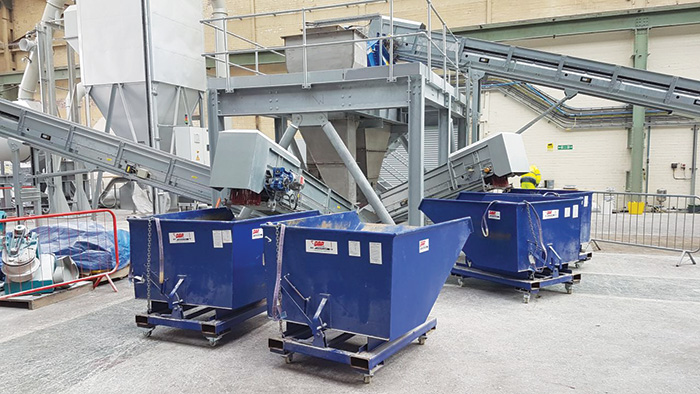
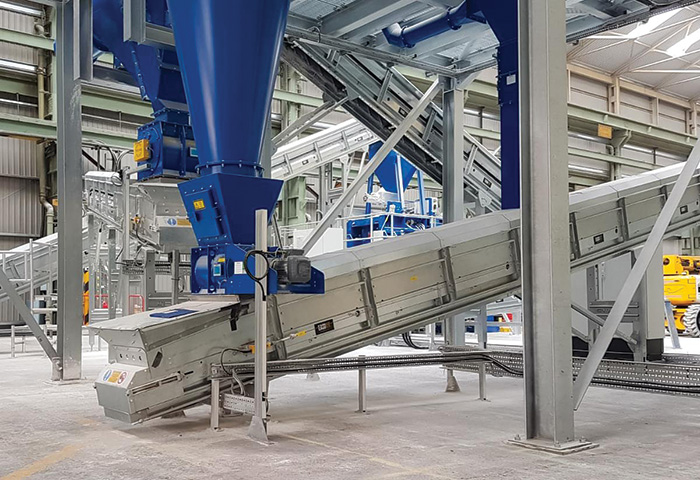
Long-Term Cost Efficiency
While the initial investment in a belt conveyor may appear higher compared to a screw conveyor, the long-term cost-efficiency of belt conveyors cannot be overstated. Their enhanced efficiency, versatility, and low maintenance requirements ultimately translate into substantial cost savings over time. This makes belt conveyors an economically sound choice that aligns well with the resource-conscious goals of the waste and recycling sector.
Adaptability to Recycling Processes
Recycling is at the heart of the waste and recycling industry, and belt conveyors are exceptionally well-suited to the recycling process. Their flexibility allows them to efficiently handle a wide range of recyclables, including plastics, glass, paper, and metals. Whether it is sorting, baling, or transporting recyclable materials, belt conveyors can be tailored to meet the specific needs of recycling facilities, making them an indispensable asset in the sustainability-driven world of waste management.
Compliance with Environmental Regulations
As environmental regulations continue to evolve, the waste and recycling industry must adapt accordingly. Belt conveyors align with these changes seamlessly. They can be equipped with dust containment systems and other environmental controls to ensure compliance with air quality and safety regulations. This adaptability positions belt conveyors as environmentally responsible solutions.
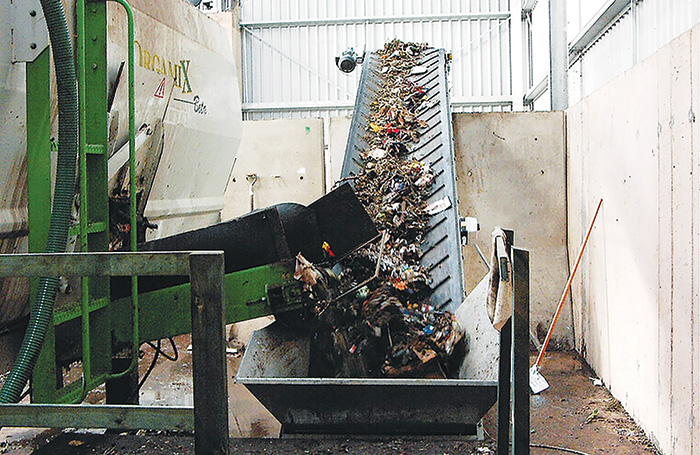
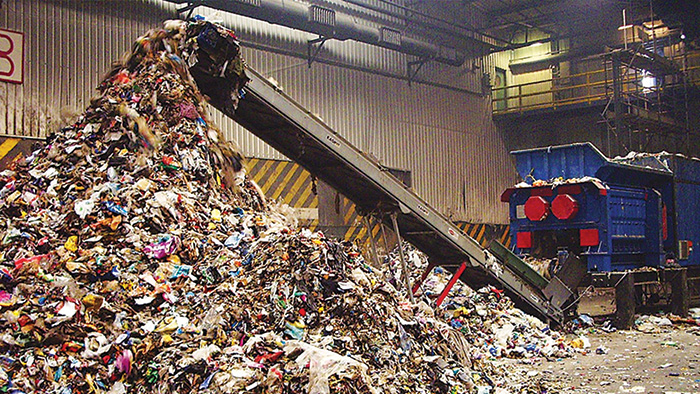
Ensuring Efficient Flow
In the waste and recycling industry, where efficiency, versatility, and cost-effectiveness are paramount, belt conveyors undoubtedly emerge as the preferred option for material handling applications. Their proven attributes of efficiency, versatility, low maintenance demands, high capacity, long-term cost-effectiveness, adaptability to recycling processes, and compliance with environmental regulations make them the conveyor of choice for waste facilities. Whether tasked with the movement of bulk waste, packaged goods, recyclables, or even hazardous materials, belt conveyors are the ideal solution for ensuring the seamless and efficient flow of materials in the waste management process. Their adaptability and efficiency contribute significantly to the industry’s mission of reducing waste, conserving resources, and promoting sustainability. | WA
Alexander Bronson-Howard is Director of Marketing and Communications at InterQuip, driving brand visibility and engagement through strategic initiatives and effective campaigns. He can be reached at (203) 322-2600 or [email protected].
